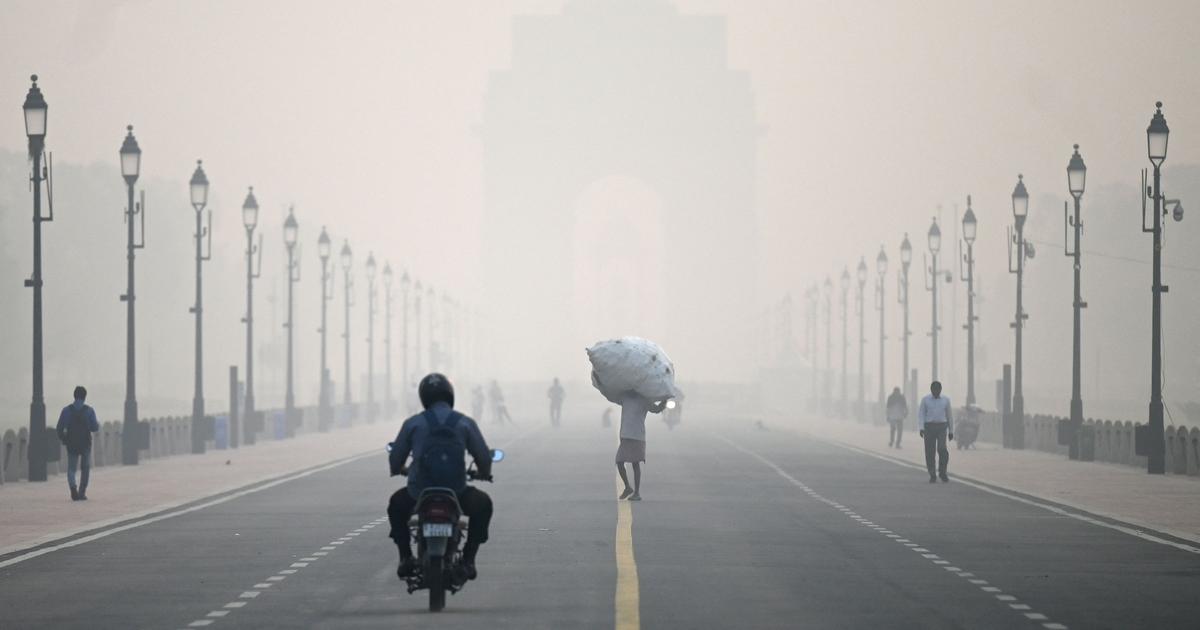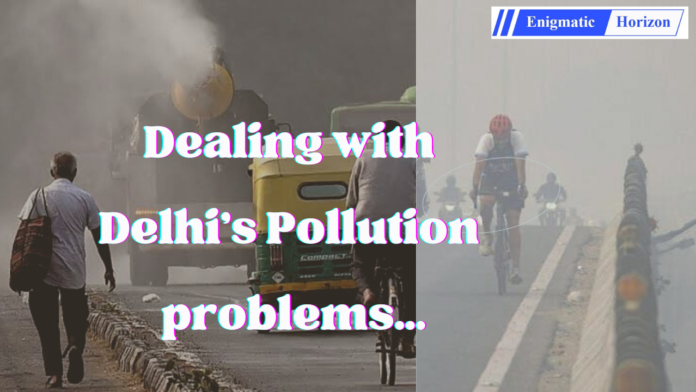Dr. Ishita Sawhney
The healthy life we live is mainly because of our surrounding environment with fresh air. The dependence of humans on technology over the last few decades has fuelled the pollution problems in the environment. With that, there is an urgent need to address the environmental problems prevailing. The increasing air pollution is leading to many health issues across the world. One of the cities badly affected due to this is New Delhi where the situation is gruesome. Despite the measures and notices from the government for pollution control, the situation doesn’t seem to get better. Health experts are going as far as saying that breathing the air in Delhi can be as bad as smoking 10 cigarettes a day.
The scenario
The Capital of India is currently facing a big problem with the residents breathing in the polluted air. The chugging machines suck the fresh air to expel pollutants and dust into the surrounding environment. No matter the number of filters in use, things are just not getting better. These filters and purifiers are effective in a limited area. The pollution is at a level where it is posing a big threat to the residents of the Capital. They are facing serious health problems requiring urgent medical attention.
Delhi is now wrapped in a thick layer of pollutants and particulates that envelop most of the area. The filters are doing their job but it’s barely 5% of the total affected area of the city. Without a doubt, Delhi is amongst the top few most polluted large cities in the world. The airborne particles are hazardous enough to spike pollution levels in the city. Evidence of the pollution problem is the choking lungs of the people due to dust and smog. Going by the figures, the Air Quality Index in Delhi is very poor suggesting the need for strict measures.
The root cause
The foremost reason for Delhi’s air pollution is the post-monsoon season which is responsible for ideal air pollution problems. The blanket of dust and smog is tightening its grip across the city to worsen the pollution problem. Another reason for the problem is the construction sites that contaminate the air further. Consequently, four-wheelers and trucks with construction materials are also proving dangerous. The emissions from industries and vehicles are surely another trigger. Apart from these, fires on the landfill sites and firecrackers due to the festive season are a cause. Black carbon contributing to haze formation is also a reason for pollution in Delhi.
Treating the problem
Considering the situation at present, adopting strict measures will help curb pollution levels. The government can plan to ban the movement of vehicles causing excessive pollution. However, environment-friendly ones and those complying with the emission norms may have entry into the city. With reduced vehicular emissions post these measures, one may expect favorable outcomes. The government can also try to ask the construction sites to temporarily pause their work. This will be of significant help as construction dust is a major contributing factor to pollution. A restriction on such activities can immediately help mitigate smog levels.

Other measures that can help control the pollution problems may be:
- Carpooling can help reduce congestion and traffic, especially during the peak hours.
- The citizens can opt for public transport temporarily rather than using their vehicles.
- Fuel-efficient vehicles are also an alternative that will help improve the Air Quality Index.
- The government can look into the maintenance of roads to reduce the time vehicles spend slowly moving on poor roads.
- If burning the waste in the open is a punishable offense, the residents will act wiser.
- Large organizations that have the option to work remotely may ask employees to work from home
- People can use more CNG vehicles or bicycles for commuting short distances.
The Bottom Line
Taking diligent steps will help people save themselves from the ill effects of pollution. Efforts from both- the government and the citizens can make a huge difference when taken with dedication. Although weather worsens the conditions at this time of the year, significant measures will help in the long term. Regular checks on the Air Quality Index and implementation of the pollution control plans can contribute to tackling the problem. People must remember that they need to prioritize their health rather than their work or unnecessary movement.
